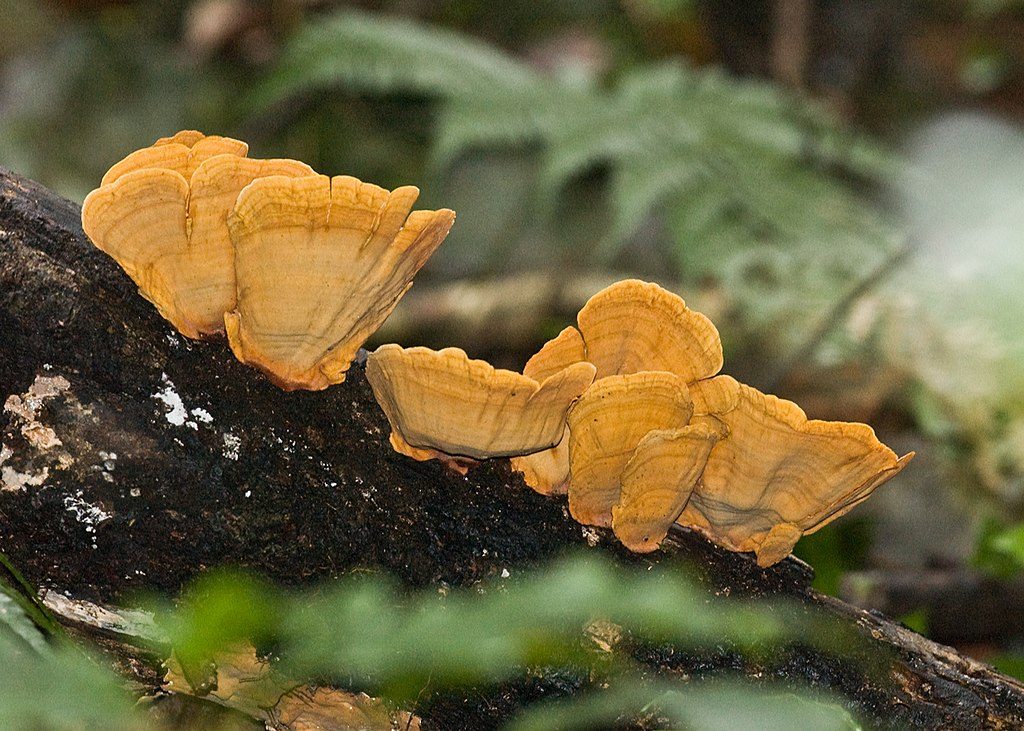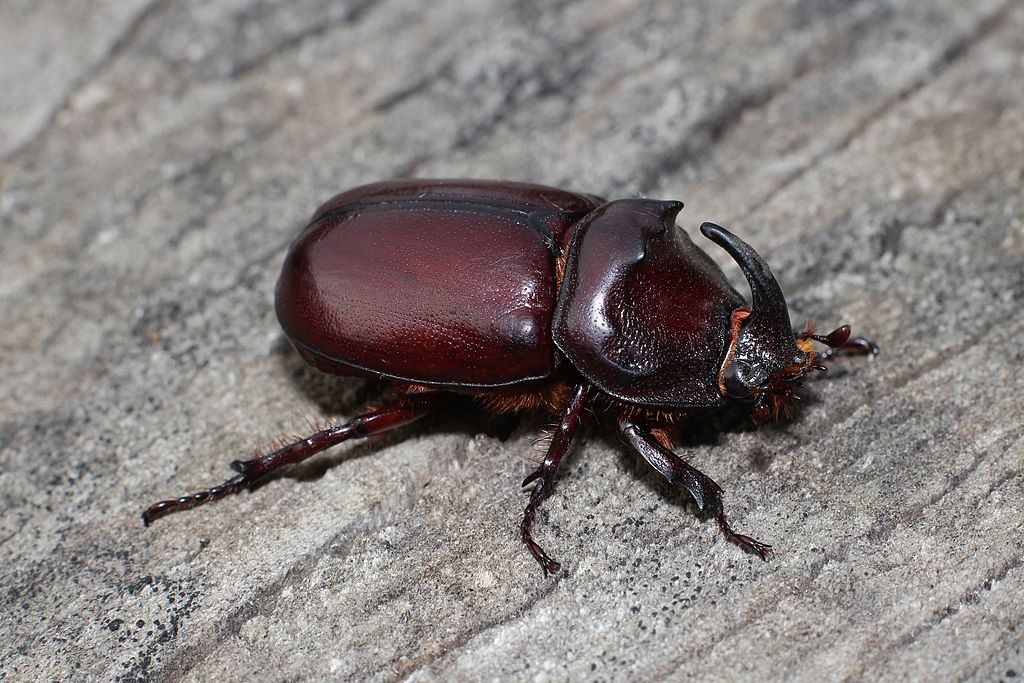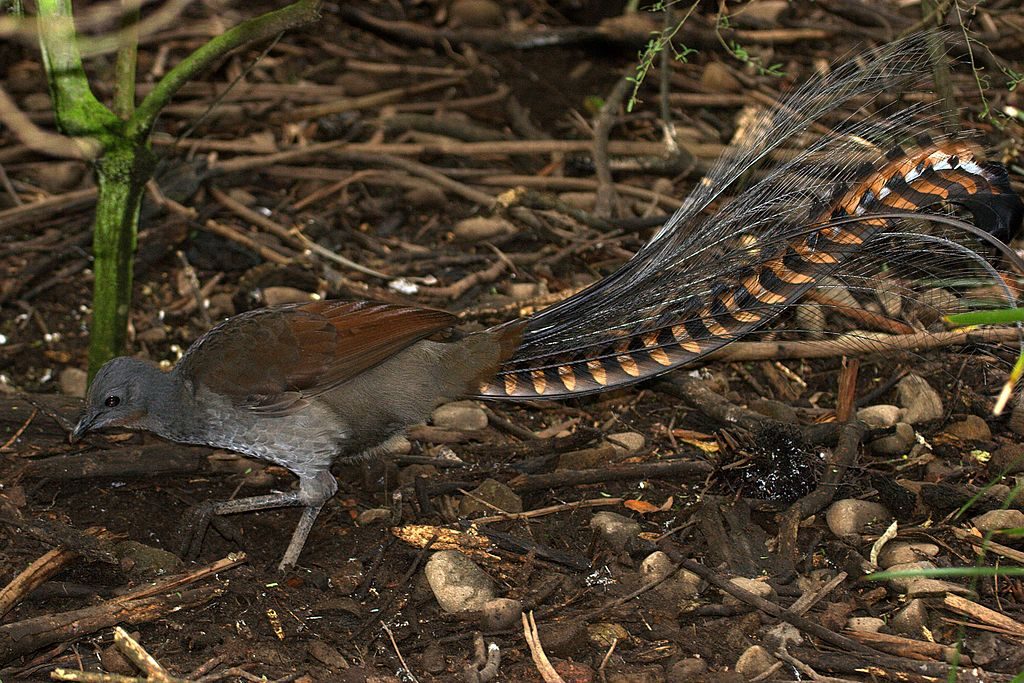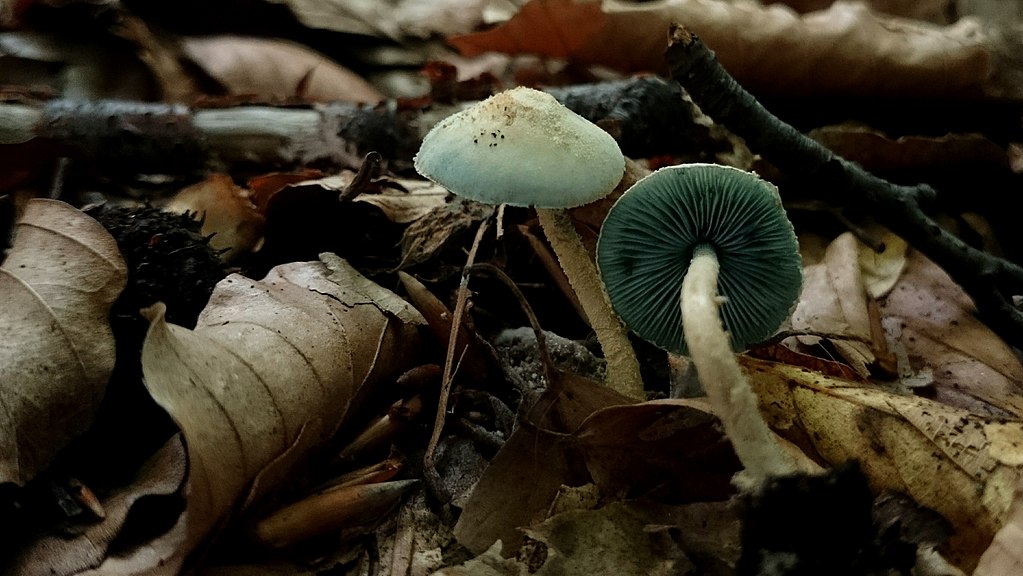Why compost?
Australia is a very old, very nutrient-poor continent. This pattern has only been exacerbated since the coming of humans. The extensive burning practices of the indigenous people and the intensive farming of the early European settlers both degraded Australia’s already nutrient-poor soils. Today, much of the earth on which we Australians plant our gardens is far from ideal for growing plants. But there is a straightforward solution: composting!
Composting is simply the process of taking organic waste and decomposing it back into nutritious soil to enrich the garden. Australians have been composting for decades and I’m sure many of us recall the large black compost bins which did, and in many cases still do, sit at the bottom of suburban gardens.
However, there are a number of problems with these bins. Firstly, they can often heat up to incredible temperatures during the summertime, which can kill any fungi or invertebrates helping to break down the organic matter inside. This makes these bins a very slow and inefficient way to break down your compost. Secondly, the bins are often small, so they are filled very quickly. Thirdly, they are not a particularly good way to attract – and then keep – wildlife in your garden. You can overcome all these shortcomings by instead practising ecological composting.
Ecological composting seeks to utilise the wildlife-facilitated cycles of decomposition which occur in nature. Not only does this convert garden waste into rich, nutritious soil, but it also generates habitat for animals and fungi to encourage them into the garden. To start off, here are five simple lessons to help you start ecological composting.

1. Forget about your green bin
Earth’s biosphere is essentially a closed system. Biological matter cycles throughout the system but does not leave it. Where possible, your garden should be no different. Nutrients start off in the soil, where they are absorbed and used for growth by plants before being shed as leaves to return to the soil.
Every time you fill your green bin with leaves you’ve raked up, or branches you’ve pruned off, you are losing some of the nutrients your garden has accumulated. Of course, you could use fertiliser, but this can cause algal bloom or other nasty side effects if washed into the waterways. So, from now on, don’t let garden waste leave your garden. It can be converted back into soil through ecological composting, and the nutrients retained to fuel your garden’s growth. Of course, noxious weeds and diseased plant matter should be disposed of in your green bin and not put back in the garden, but all other waste can be recycled within your own system.
2. Remake the forest floor
Some gardeners have the perplexing habit of removing leaf litter from their gardens and replacing it with mulch from the shops. While there is nothing wrong with adding some mulch, the fallen leaf litter is a form of mulch in itself and shouldn’t be wasted. Rather than putting garden waste in a compost bin, you can use it to recreate a forest floor within your garden. While leaf litter can be scattered on your garden beds as is, sticks and branches, stems and vines will need to be chopped up a little before being scattered.
As the layer of leaf litter builds up, it will help prevent evaporation as well as providing nutrients for a wide range of fungi. These fungi will break down the leaves, provide food for animals and produce stunning displays when they produce the fruiting bodies we know as mushrooms and toadstools. To encourage decomposition and fungal growth, give the leaf litter on your garden beds a quick spray with the hose each week, and add some extra mulch if need be. Avoid mulch made from pine if you are adding extra, as it will over-acidify the soil and stop other plants from growing.
3. Old logs become good soil (and habitat)
Gardeners are sometimes faced with the prospect of disposing of apparently burdensome logs when a large tree is pruned or removed from the backyard. However, these logs are much more of a benefit than a burden. The idea of putting logs into the garden, rather than taking them out, can be counterintuitive to most gardeners. But leaving logs to rot can improve not only the soil in your garden, but also the biodiversity.
In all forests, there are a myriad of organisms which specialise in breaking down timber or utilise the habitats created by rotting logs. Some of the most conspicuous members of these groups include the colourful bracket fungi as well as a wide array of insects including Longhorn Beetles (Cerambycidae), Rhinoceros Beetles (Dynastinae), and Stag Beetles (Lucanidae).
Rotting logs also create shelter for many other animals such as frogs, lizards and other insects involved in decomposing leaf litter. Of course, as time goes on, fungi and insects will decompose the fallen logs you leave out until they are nothing but rich soil, so remember to replace your rotted logs as more logs become available!

4. Make like a lyrebird and turn the leaf litter
Throughout Australia’s forests and woodlands, the leaf litter is regularly turned and disturbed. This helps to increase the speed of the decomposition process by allowing fungi and insects to better access the material at the surface. The various animals involved in this process include echidnas, bandicoots, potoroos, White-winged Chough, Mallee-fowl, Bush Turkeys, and of course, the iconic lyrebird.
You can emulate this natural process by heading out into the garden once a month with a rake and turning the leaf litter layer. Though be careful not to do it during extremely hot weather as most invertebrates and fungi are not active during this time, and they do not like being exposed to hot, dry winds. Alternatively, a friend or neighbour may let you borrow one of their chickens for a day, and you can set it loose to do much the same thing as a lyrebird would do in a native forest.

5. Upcycle fruit and vegetable scraps for wildlife
It’s easy to assume that once your fruit or vegetables get too brown, or grow a little mould, that there is nothing left to do but bin them. However, they can be ‘upcycled’ for your garden wildlife, and help to generate rich soils in the process. Old fruit like bananas and peaches make an excellent source of sugars and nutrients for butterflies and, once they begin to rot, will host a wide array of fungi. Vegetable scraps, though less sugary, will also provide food for invertebrates and fungi. The trick is to scatter fruit and vegetable scraps over the leaf litter layer around your garden (they will produce an odour if left in a pile).
With these very simple steps and minor changes to your gardening and waste disposal habits, you can use ecological composting to produce a multitude of benefits. Improve the health of your garden, attract and provide habitat for native wildlife, reduce the harmful effects of fertilisers on local waterways and reduce your waste – all in one! Why not start today?


Leave a Reply